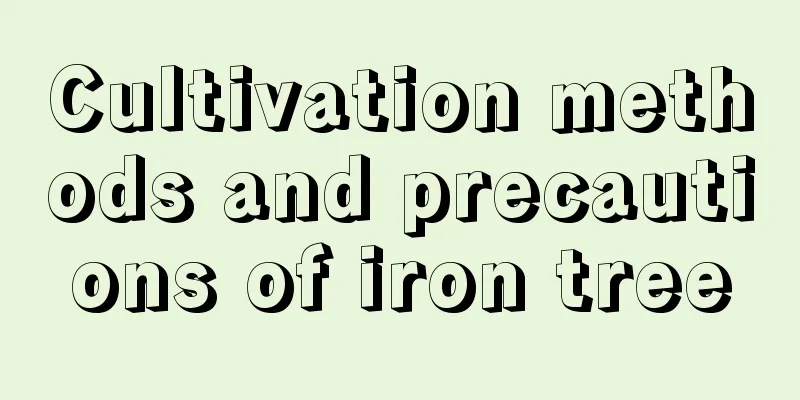Growth environment conditions and characteristics of Houttuynia cordata

Growth environment conditions and requirements of Houttuynia cordataHouttuynia cordata prefers to grow in a humid environment and is generally planted on hillsides or in fields. Houttuynia cordata prefers water when growing, so water it more often. Houttuynia cordata growth temperatureThe suitable temperature for Houttuynia cordata to grow is about 15 degrees Celsius to 25 degrees Celsius. It is generally not very cold-resistant, so it is easily frozen in winter. The temperature generally cannot be lower than 5 degrees Celsius. Houttuynia cordata growth humidityHouttuynia cordata prefers moist soil when growing, so it is generally necessary to water it about once a week to ensure that the soil has a certain humidity, which can promote its rapid growth. Houttuynia cordata growing soilHouttuynia cordata is suitable for growing in fertile soil. Generally, it needs to grow in soil with good drainage so that there will not be excess water accumulation. Growth cycle and process of Houttuynia cordataHouttuynia cordata is suitable for growing in spring. Generally, its growth cycle is relatively short, about three months. Houttuynia cordata likes water very much when it grows, so you need to water it more. |
<<: How to grow Anthurium hydroponically so that it blooms
>>: What month is suitable for planting cherry tomato seedlings?
Recommend
Causes and treatments of yellow leaves of money grass
1. Plants lack water 1. Reason: Water is essentia...
What kind of soil do orchids need?
1. Soil conditions The substrate for growing orch...
How to treat the black spots on the leaves of trumpet creeper? The leaves fall off when touched.
1. How to treat black spots on the leaves of trum...
Which is easier to keep, the bird of paradise or the areca palm, and which is more suitable for the living room?
The difference between Bird of Paradise and Areca...
What to do if the leaves of Clivia curl
1. Division is not suitable When this plant was d...
What are the cultivation methods and precautions of Phoenix tail bamboo?
How to cultivate Phoenix bamboo Phoenix bamboo be...
How to propagate Schefflera and what to pay attention to
Schefflera propagation method The main ways of pr...
How to propagate the silkworm
1. Cutting 1. Beheading: This method is most conv...
What is tidal soil?
Tidal soil is semi-hydrogenic soil, and its forma...
What fertilizer should be used to make succulent plants grow stronger? What fertilizer is most suitable for succulent plants?
Succulent plants have strong adaptability to the ...
Medicinal materials expected to increase in price in 2022 (predicting which medicinal materials will increase in price this year)
Chinese medicinal materials that will increase in...
What kind of fertilizer is good for succulents (how to apply base fertilizer)
The role of succulent base fertilizer Although su...
How often should you water your apricot tree?
How often should you water your apricot tree? Gen...
Disease control of cyclamen
Botrytis cinerea 1. Use fungicides such as thiram...
How much does corn drip irrigation cost per acre (corn field drip irrigation cost)
Compared with traditional ditch irrigation, corn ...









